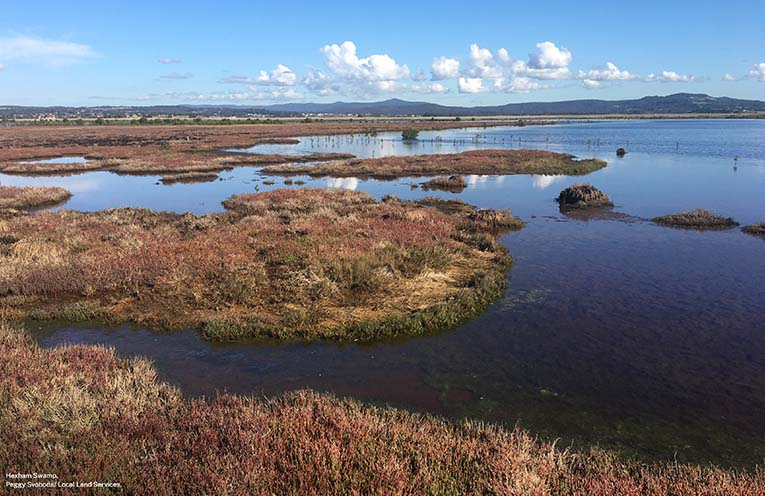
MARINE ecosystems and coastal communities will benefit from increased investment and restoration projects as a result of the new NSW Blue Carbon Strategy.
Some may not be aware that marine and coastal plants store carbon even more efficiently than trees.
 Advertise with News of The Area today.
Advertise with News of The Area today.It’s worth it for your business.
Message us.
Phone us – (02) 4981 8882.
Email us – media@newsofthearea.com.au
Minister for Environment James Griffin said the Strategy is perfectly timed given the new era of natural capital and the increasing demand for sustainable investment products.
“The simplest way to understand blue carbon is to liken it to underwater forests – just as trees store carbon, marine and coastal plants and ecosystems do too, except even more efficiently,” Mr Griffin said.
“Marine plants and coastal ecosystems, such as seagrass, mangroves and saltmarsh, store carbon up to four times more efficiently than ecosystems on land.
“Sadly since European settlement in Australia, we’ve lost huge swathes of these ecosystems.
“We have more than 2,000 kilometres of NSW coastline and surrounding areas that could support the storage of additional blue carbon, which would significantly contribute to our goal of reducing carbon emissions, while restoring and rewilding our marine environment.
“NSW is lucky to have some of the most vibrant marine ecosystems in the world and I want to make sure we are protecting our rich biodiversity for generations to come while also leveraging investment opportunities.”
Marine and coastal ecosystems in NSW currently store about ten million tonnes of carbon, which is equivalent to annual emissions from 500,000 households. Australia’s coastline stores approximately five to eleven percent of global blue carbon stocks.
The Strategy will help unlock investment in blue carbon projects through carbon credits and other mechanisms that will ultimately benefit the state’s economy, environment, and build resilience to climate change.
It provides an overview of how marine ecosystems are a powerhouse form of natural capital that can capture and store carbon while also improving foreshore protection, water quality, biodiversity and fisheries.
It identifies actions within five priority areas to be delivered over the next five years:
– Conserving blue carbon ecosystems and supporting their adaptation;
– Delivering blue carbon projects on public, private and First Nations peoples owned and managed land;
– Embedding blue carbon in coastal and marine policy planning and management;
– Conducting blue carbon research;
– Promoting pathways for blue carbon investment.
The NSW Blue Carbon Strategy builds upon existing management of threatened and protected marine species through the $9.1 million Seabirds to Seascapes initiative and the $184 million Marine Estate Management Strategy.
To view the report, visit https://www.environment.nsw.gov.au/topics/water/coasts/blue-carbon-strategy
By Marian SAMPSON
